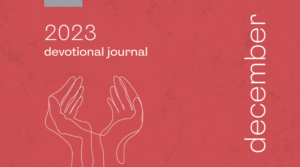Deeper ReflectionOut of the Seleucid Kingdom “
a despicable person will arise”
(Dan 11:21-35) and he would be Antiochus IV Epiphanes (175-164 BC).
Antiochus would “set himself against the people of the holy
covenant”, and “pollute the sanctuary, put a stop to the daily sacrifices, and set up the sacrilegious object that causes desecration” (Dan 11:28, 31, NLT). Then in progression, there will appear
one who opposes God blasphemously: A “king” who “will exalt and magnify himself above every god” (Dan 11:36). The description of this king (Dan 11:36-45) is “typological and transcends the historical Antiochus” and “epitomises the pride and power of these previous kings”
36 . This king will be the antichrist that is highlighted in the New Testament (2 Thess 2:3-4; 1 Jn 2:18). During this tumultuous historical and eschatological period of Daniel 11, the people of God will go through
an unprecedented “time of distress” (v.1), where their faith will be severely tested. And those who triumph through these trials are
people “who know their God” (Dan 11:32). The contrast of these persevering faithful people are “those who forsake the holy covenant” and “act wickedly toward the covenant” (Dan 11:30, 32).Daniel 10 to 12 is relevant to us, because its vision is eschatological. It is a vision of “the latter days” and “the end time” (Dan 10:14; 12:4, 9). So, “what will happen to” Daniel’s people “in the latter days” (Dan 10:14) “will happen to” the Church of Jesus Christ. The Church is a continuity of Old Testament Israel as the New Covenant Israel, which comprises both Jews and Gentiles (Eph 2:11-22).
36 Robert B. Chisholm Jr., 324-25

